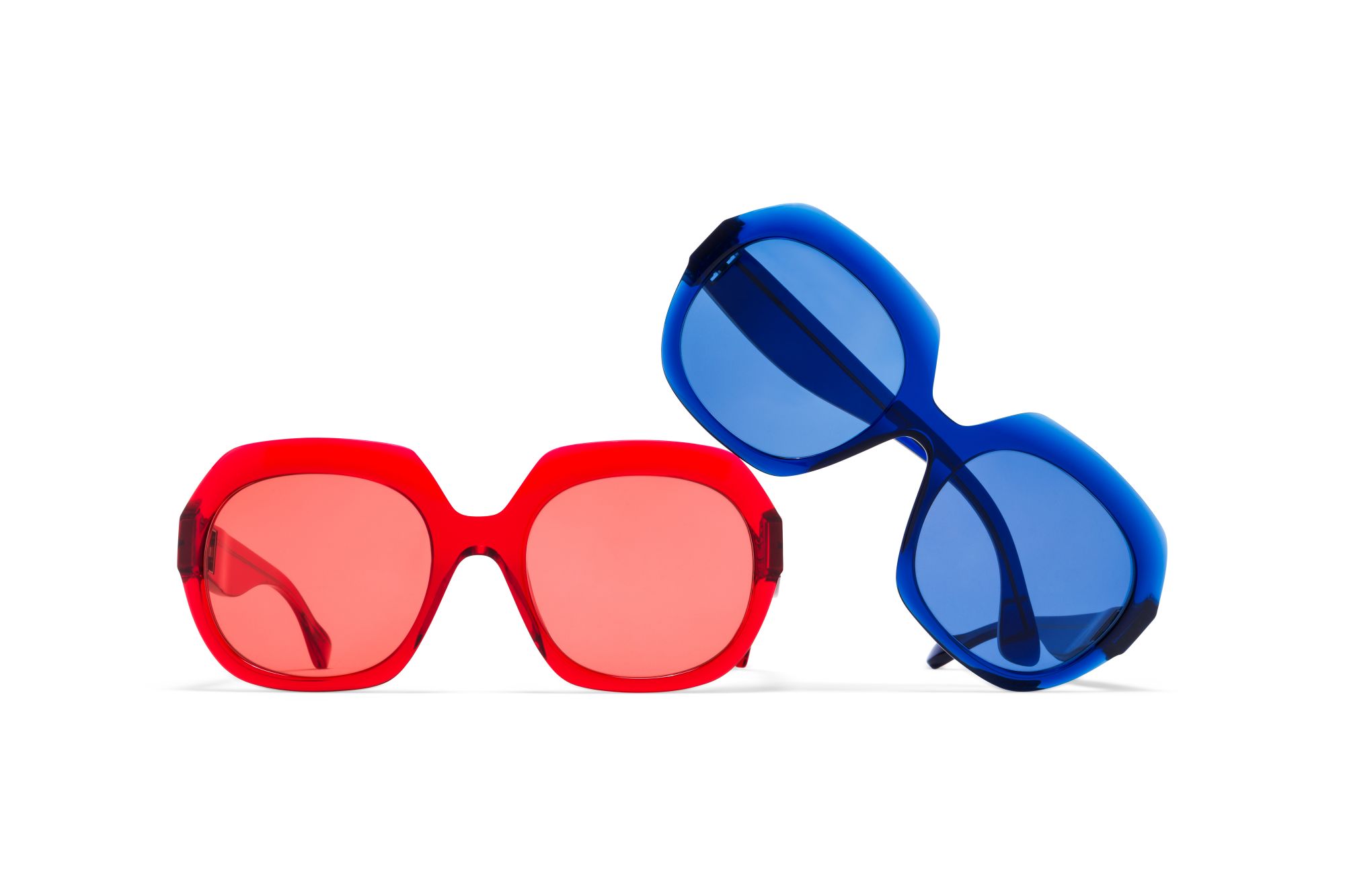From sourcing materials in peculiar places to collaborating with Maison Margiela, Moritz Krueger of Mykita Eyewear never shies away from doing things differently
If you thought Mykita was a Japanese brand, you’re not alone. The brand actually hails from Berlin, Germany, and its name was inspired by a former daycare centre called Kita. Today, the name Mykita continues to represent the culture of curiosity and learning that continues to define the eyewear company.
The minimalist brand has become known over the years for its lightweight frames, use of innovative materials and fashion-forward designs that redefine luxury eyewear. We sat down with co-founder Mortiz Krueger in Hong Kong to chat about origami, collaborating with Maison Margiela and the brand's expansion into Asia.

What was the eyewear industry like when you first started?
Back in the '90s, fashion was very noisy and showy. Particularly with eyewear, there were hardly any brands where the product was the focus and the context was quiet.
We started to play around with materials and landed on the idea of using stainless steel and the principles of origami to create the frame, and to leave the rest of the aesthetic simple. When we started, we went to an exhibition in Paris where there were 40 other brands. Now, there are almost 700 at the event. In the last 15 years, the market has grown exponentially.
Mykita has been known to take inspiration from other industries—what are those industries and how do they influence your designs?
Besides the lenses, the whole production of the frame has nothing to do with companies in the eyewear business. Sometimes I think we’re more in line with industrial or product design than fashion design. We go to medical exhibitions to find medical silicon or material tech and automotive industries to collect our materials. Most brands start with the look that they want to achieve then build the materials around it. We take the opposite route, with materials as our starting point.
See also: Jourden Designer Anais Mak On The Future Of Retail









